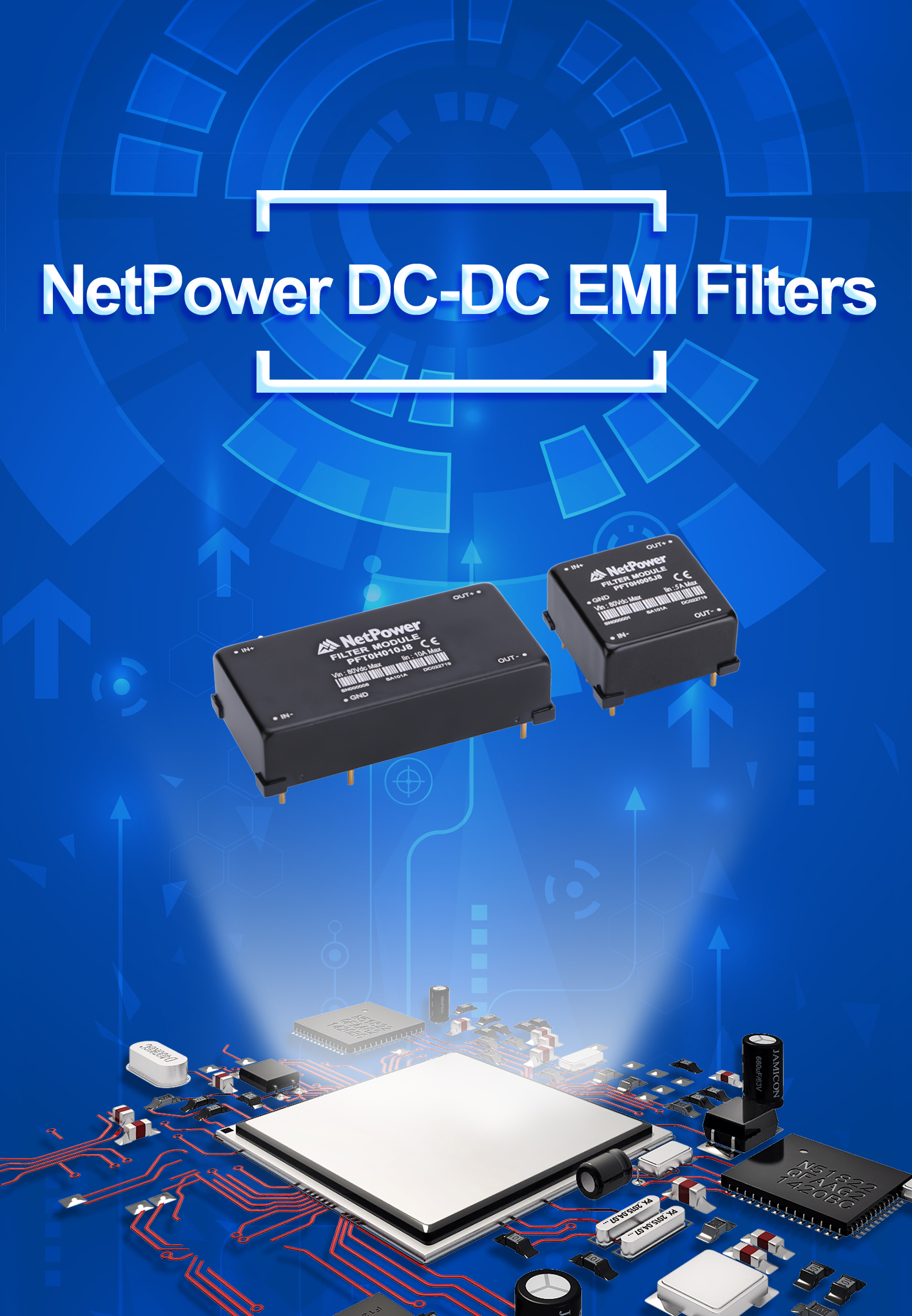Hot Swapping and Hot Plugging
Date:2019-12-24 11:53:26 Posted by:mrpower View:546Hot swapping is replacing or adding a device without stopping or shutting down the system. Hot plugging on the other hand describes only the addition of components that would expand the system without significant interruption to the system.
Hot plugging is often mistakenly used for hot swapping.
For a power supply unit to be hot-swapable, special circuitry is required to achieve the soft engagement on both the input and the output terminals to avoid high capacitor charging current and possible sparks while making contacts. Hot-swap controllers are available from all major power management IC vendors. These controllers usually control the conduction of a series power switch to gradually reduce the resistance of the switch achieving the soft charging of the capacitors inside the hot-swapable device. After the soft charging phase, the power switch is fully ON and its on-resistance should be small enough not to cause concerns of its power losses during operation.
More detailed description:
High-availability systems, such as servers, network switches, redundant-array-of-independent-disk (RAID) storage, and other forms of communications infrastructure, need to be designed for near-zero downtime throughout their useful life. If a component of such a system fails or needs updating, it must be replaced without interrupting the rest of the system. The board or module will have to be removed—and its replacement plugged in—while the system remains up and running. This process is known as hot swapping, or in some cases hot plugging. To hot swap safely, connectors with staggered pins are often used to ensure that grounds and local power are established before other connections are made. In addition, each printed-circuit board (PCB) or plug-in module has an on-board hot-swap controller to facilitate the safe removal and insertion of the module from a live backplane. While in operation, the controller also offers continuous protection from short circuits and overcurrent faults.
BACKLogin
Enter your email address and password




